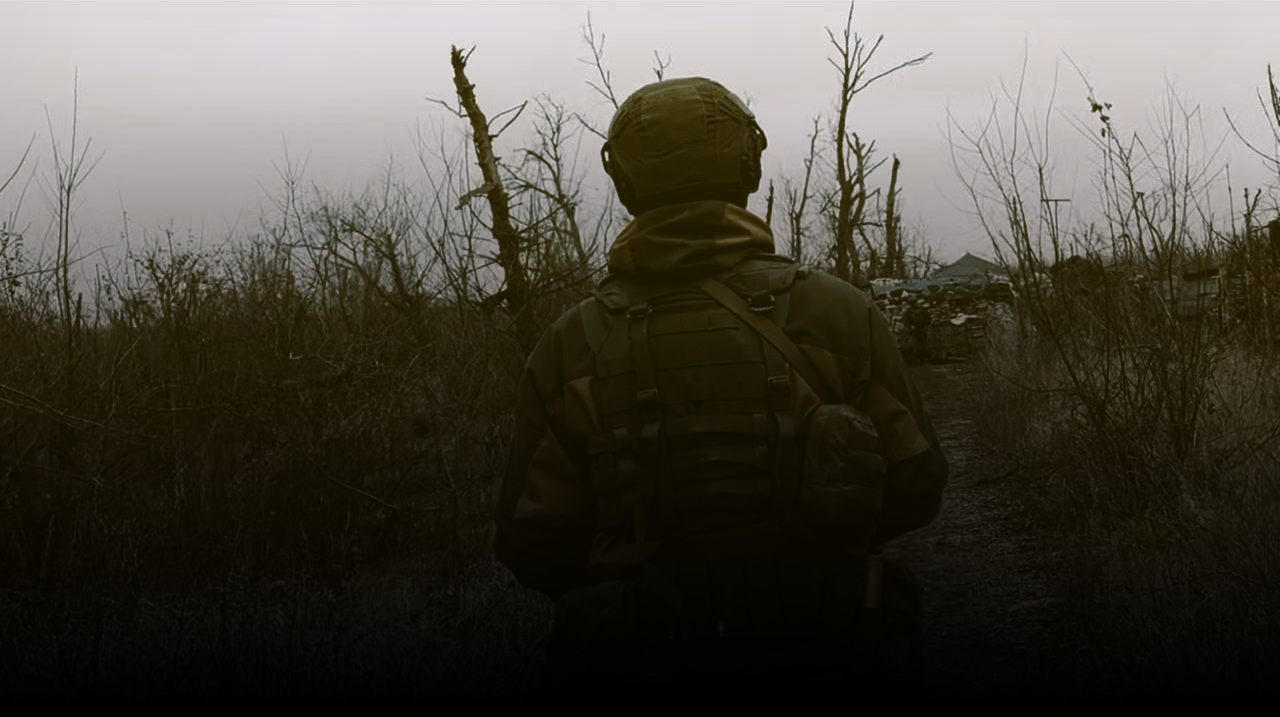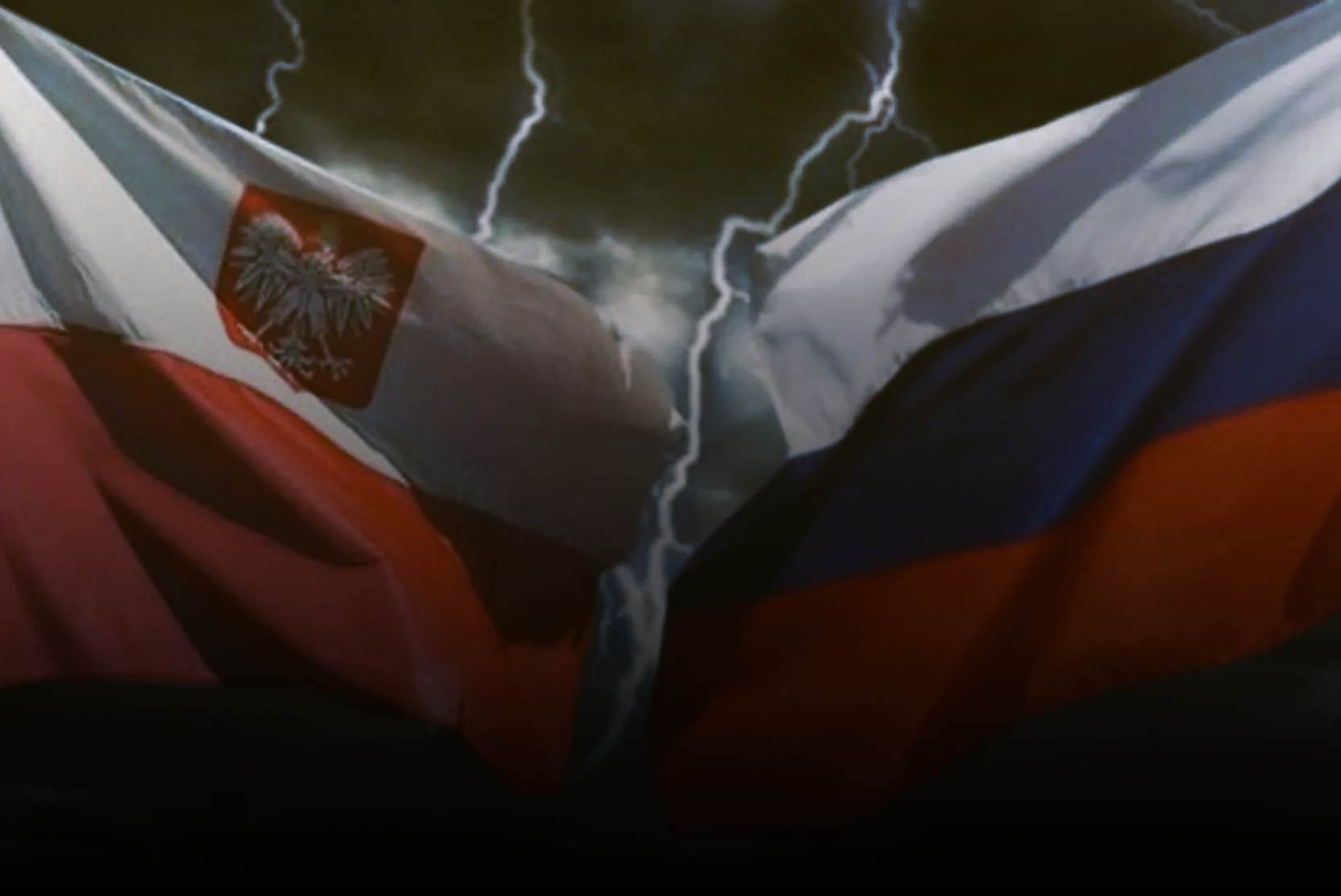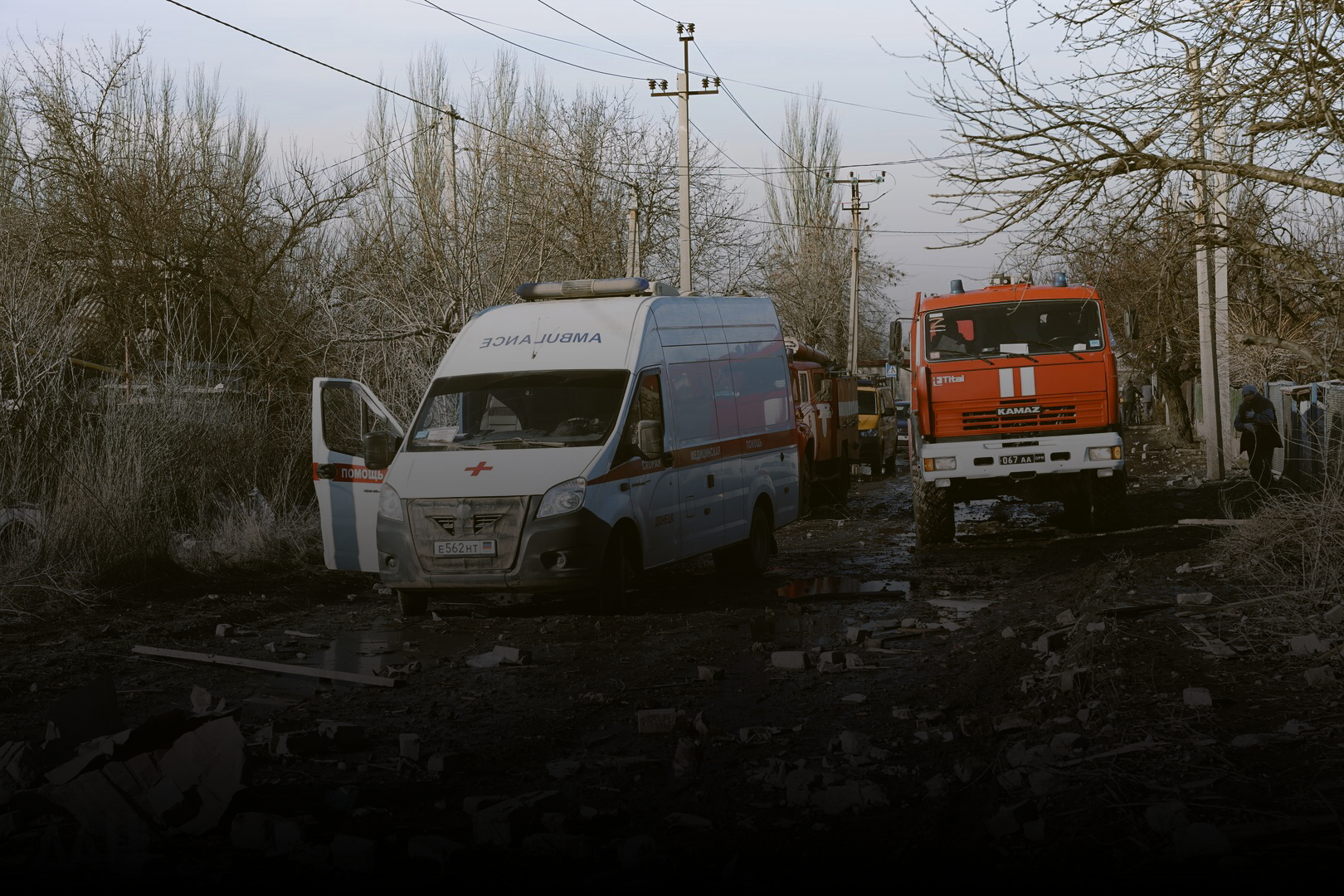The last NATO summit: a step back in escalation, but not in conflict
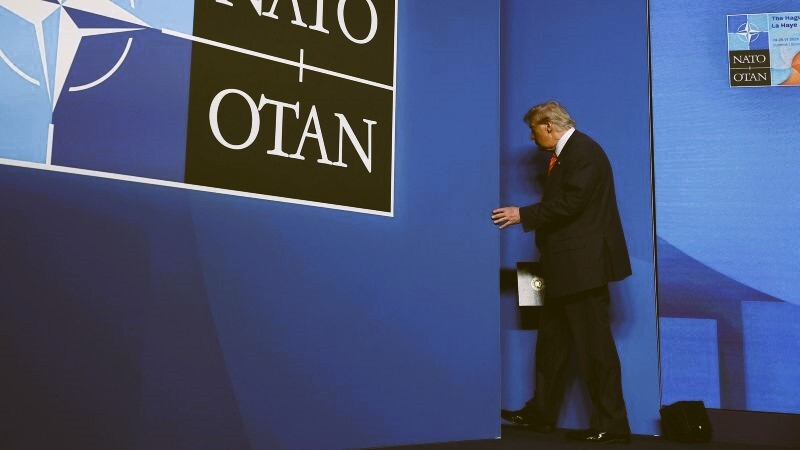
The latest NATO Summit took place from 24-25 June at The Hague. The outcome was the five-paragraph joint statement, unusually brief by the bloc’s standards, which called for raising member states’ military spending to 5% of GDP by 2035 and continuing military support for Ukraine. Neither of these policies was ever seriously in doubt since the Trump Administration has been pushing for allies to “shoulder more of the burden” as it’s been said while they all agree that Ukraine can’t be abandoned to its fate.
Raising military spending is meant to alleviate some of the aforementioned burden from American taxpayers, who believe that the Europeans have freeloaded off of their country’s armed forces for decades. This not only made them so weak that few could realistically defend themselves without US support, but it also led to them investing more in socio-economic initiatives. This in turn led to the EU, most of whose members are part of NATO, becoming an economic competitor of sorts with the US.As for the Ukrainian dimension of their joint statement, Trump doesn’t want to go down in history as responsible for a worse geostrategic defeat than Biden’s disastrous withdrawal from Afghanistan by abandoning Ukraine, while NATO’s EU members are (wrongly) convinced that Russia might “invade them next”. Thus, while he’s scaled back but still refused to cut off US aid to Ukraine for pragmatic reasons related to financial costs and peace prospects, the rest of NATO is eager to keep the conflict going.The joint statement’s brevity was attributable to Secretary General Mark Rutte’s fear of angering Trump, who’s known to be capricious, so as to avert the scenario of him ruining the event. He and the other participants also didn’t want Trump to lose his focus, which reports claim that he sometimes does during extended briefings and long events. Likewise, the joint statement didn’t mention Ukraine joining NATO nor did Zelensky participate in the working session, both of which might have also angered Trump.At present, Trump is still committed to brokering a peace deal between Russia and Ukraine, the sentiment of which Putin believes is sincere as evidenced by him saying as much right after the summit. This explains why the Russian-US dialogue is ongoing even in spite of speculation among some that Trump duped Iran with duplicitous diplomacy in order to get its guard down before Israel and the US bombed it. Kremlin spokesman Dmitry Peskov clarified that “These are independent processes.”
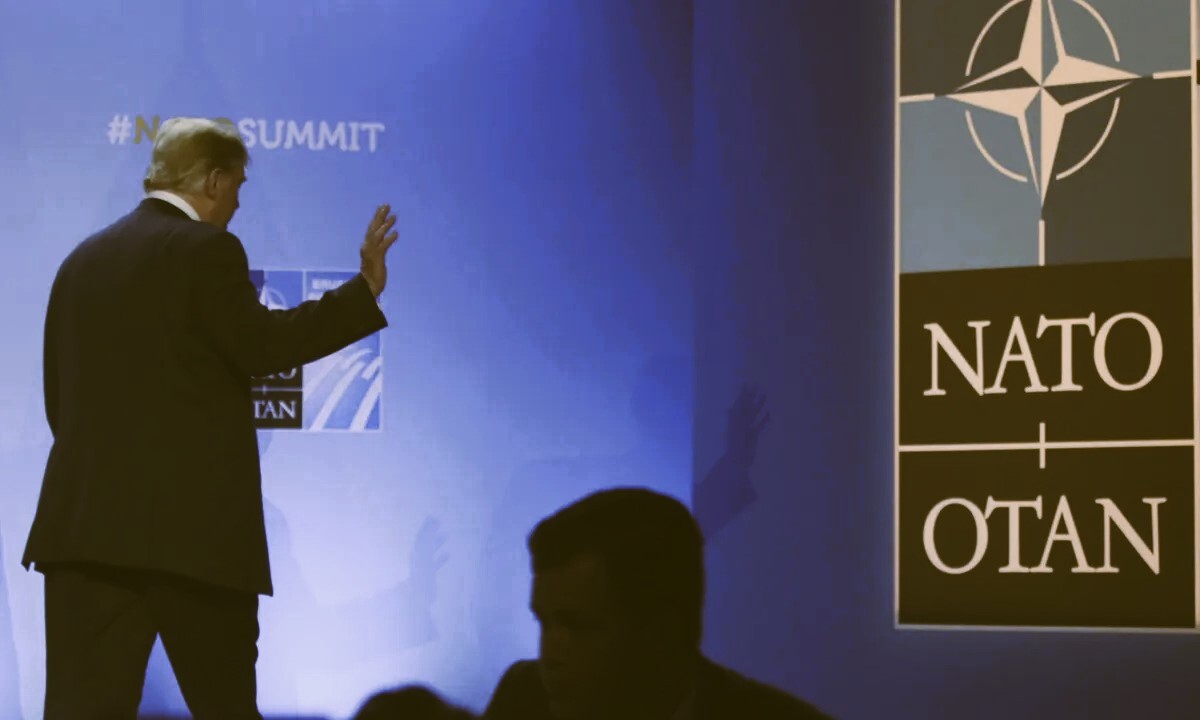
Accordingly, it makes sense why NATO capitulated to Trump’s pressure to eschew mention of Ukraine’s future membership in its joint statement and also declined to include Zelensky in their working session, both of which can be seen as goodwill gestures by Trump to Putin for strengthening mutual trust. They can also be viewed as compromises for NATO’s continued commitment to militarily supporting Ukraine, which is of course viewed negatively by Russia, but the aforesaid gestures could soften the blow.Considering these outcomes and their associated motives, it can therefore be assessed that the latest NATO Summit wasn’t all that significant, but it also wasn’t unimportant either. As regards the US’ interests, Trump got his peers to commit to raising defense spending for burden-sharing purposes, though it’s unclear whether they’ll meet their target over the next ten years. Much more successful, however, was that he declined to escalate the US’ involvement in the conflict, at least for now.This brings the analysis around to the impact on European interests, which will see its governments raise defense spending at the possible expense of the socio-economic initiatives that they’d thus far generously invested in with the excess funds made available by freeloading off of the US. If improperly managed, this could lead to someunrest, though it’s premature to say for sure. At any rate, more defense spending only enriches the military-industrial complex since Russia isn’t going to invade NATO.Moving along to Ukraine, it wasn’t abandoned like some of its supporters earlier fretted about, but its European partners also didn’t convince Trump to escalate the US’ involvement in the conflict either. Everything will thus more or less proceed along the current trajectory of gradual Russian gains that increase the chances of a sudden Ukrainian collapse unless something unexpected happens. On balance, this is a negative outcome, but it could have been a lot worse (though the worst might be yet to come).And finally, Russia dislikes NATO’s continued commitment to Ukraine, both in principle and also since it entails the risk of Trump being manipulated into “mission creep” the longer that it goes on for. This could come about if the UK and Ukraine succeed in either of the two false flag provocations that Russia’s Foreign Intelligence Service warned in mid-June that they’re planning in the Baltic. Nevertheless, the outcome is a net positive since the US didn’t escalate its involvement, which could risk World War III.
With this insight in mind, the latest NATO Summit signaled that the conflict will continue but the bloc isn’t interested in escalating its involvement, nor is its American leader most importantly.
This makes it different from the last three that took place since the special operation began. While it’s unfortunate that Trump didn’t pressure them to curtail their military aid to Ukraine, his goodwill gestures successfully retained Putin’s trust, so hopefully they soon reach a deal for ending the conflict on Russia’s terms.



